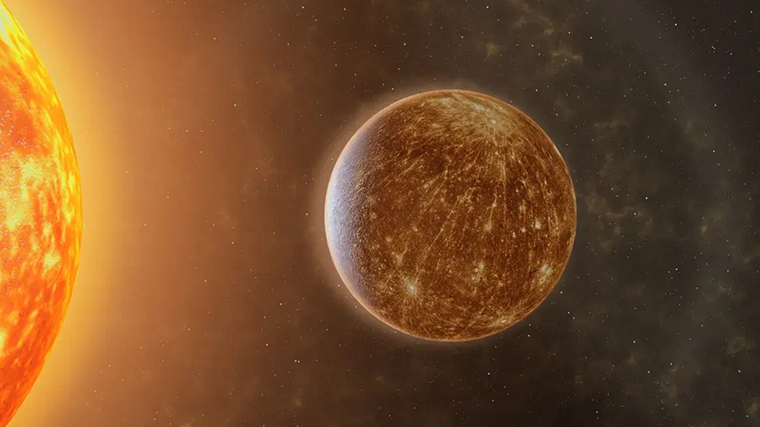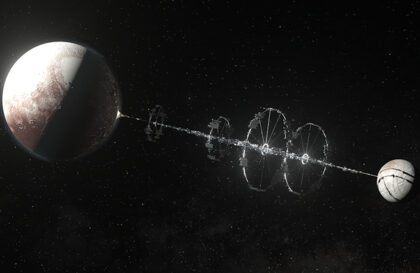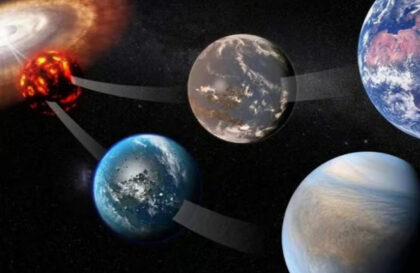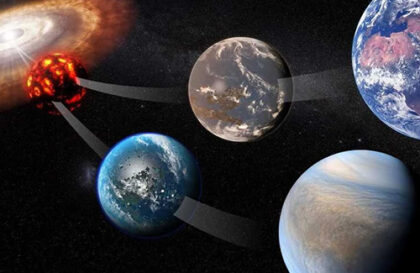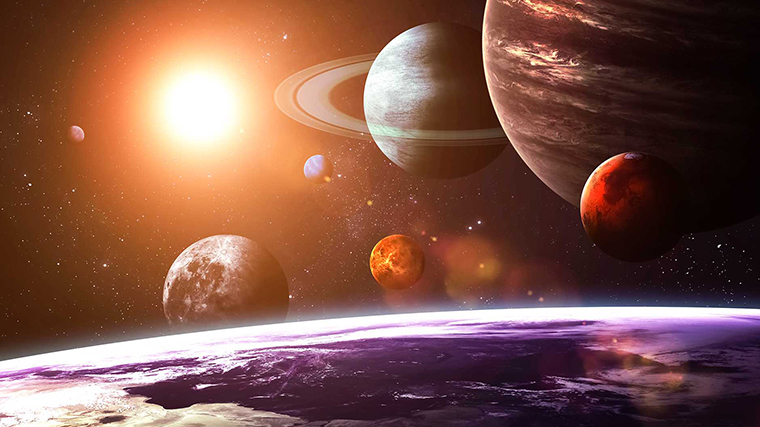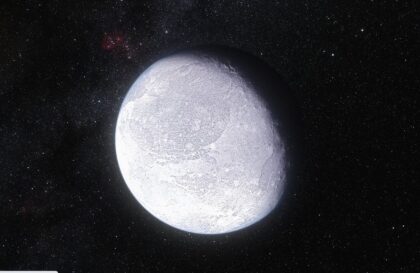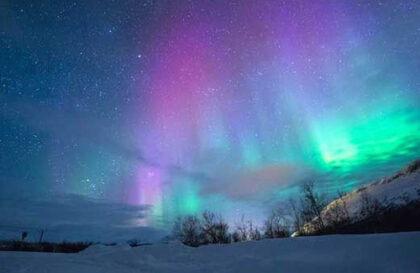Contrasts of Mercury
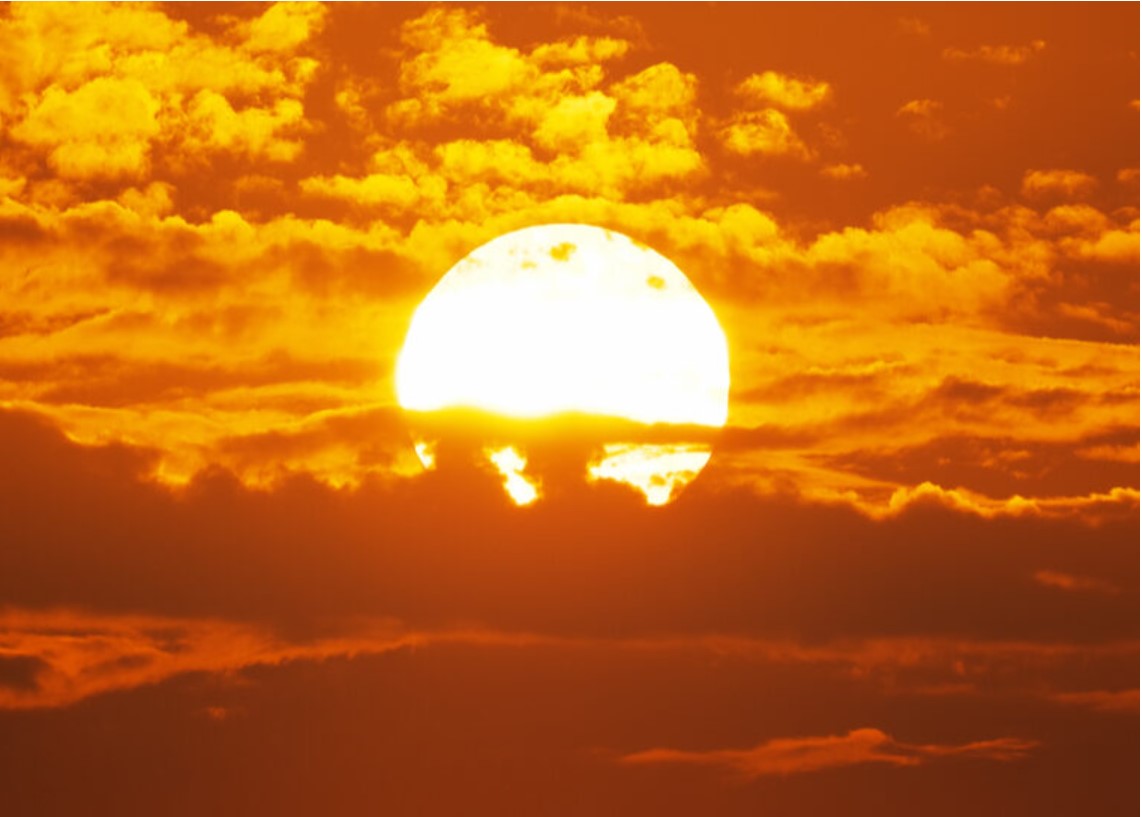
Let’s start our exciting tour with Mercury, the closest planet to the Sun. Here, thermometers show incredible numbers: the daytime temperature can rise to 427 degrees Celsius, and at night it drops to a freezing -183 degrees. Such dramatic fluctuations are associated with the absence of an atmosphere, which usually serves as a kind of “cushion” for heat, keeping it on the planet. Mercury does not have this protection, so it experiences striking temperature differences between its sunny and dark sides.
Imagine what extreme conditions are created on this planet: in the morning you can quickly cook scrambled eggs on the sunny side, and then move to the dark side to freeze it in the blink of an eye.
Sultry Venus
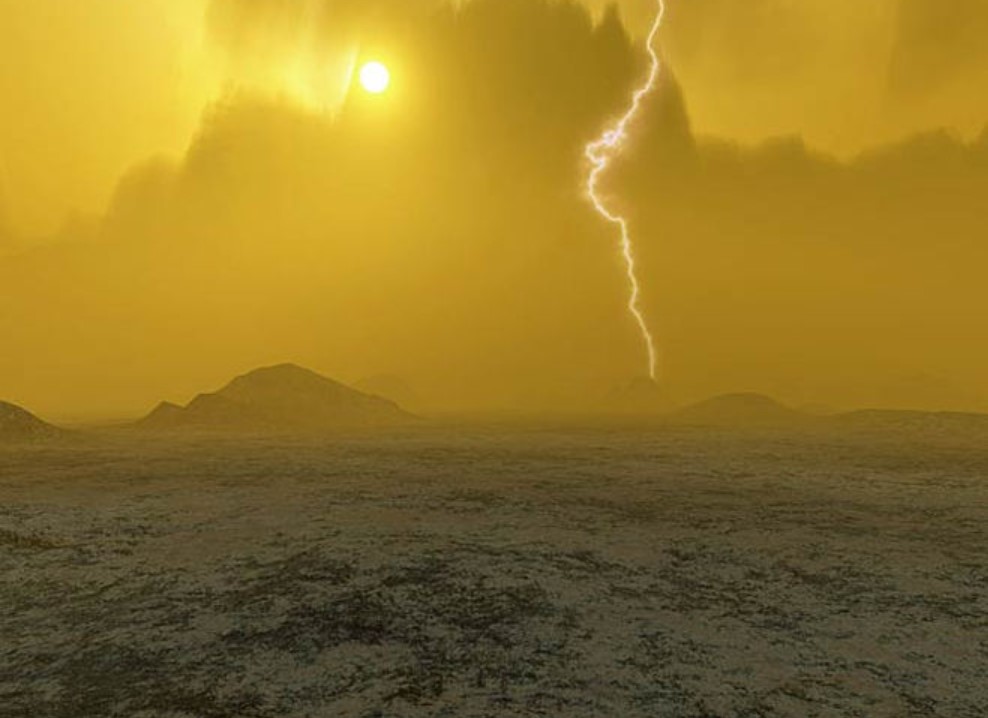
We fly to Venus, and we find ourselves in a real atmospheric basin. Here the temperature rises to 480 degrees Celsius, and acid rain falls from the sky on the surface.
Venus is under such pressure that it is 92 times greater than Earth’s. There is no significant seasonal variation on Venus, as it slowly rotates around its axis. In this world, it seems that one day is almost equal to one year – one rotation of the planet takes a little less than 243 Earth days, while one hour is about 225 Earth days.
Dust tornadoes on Mars
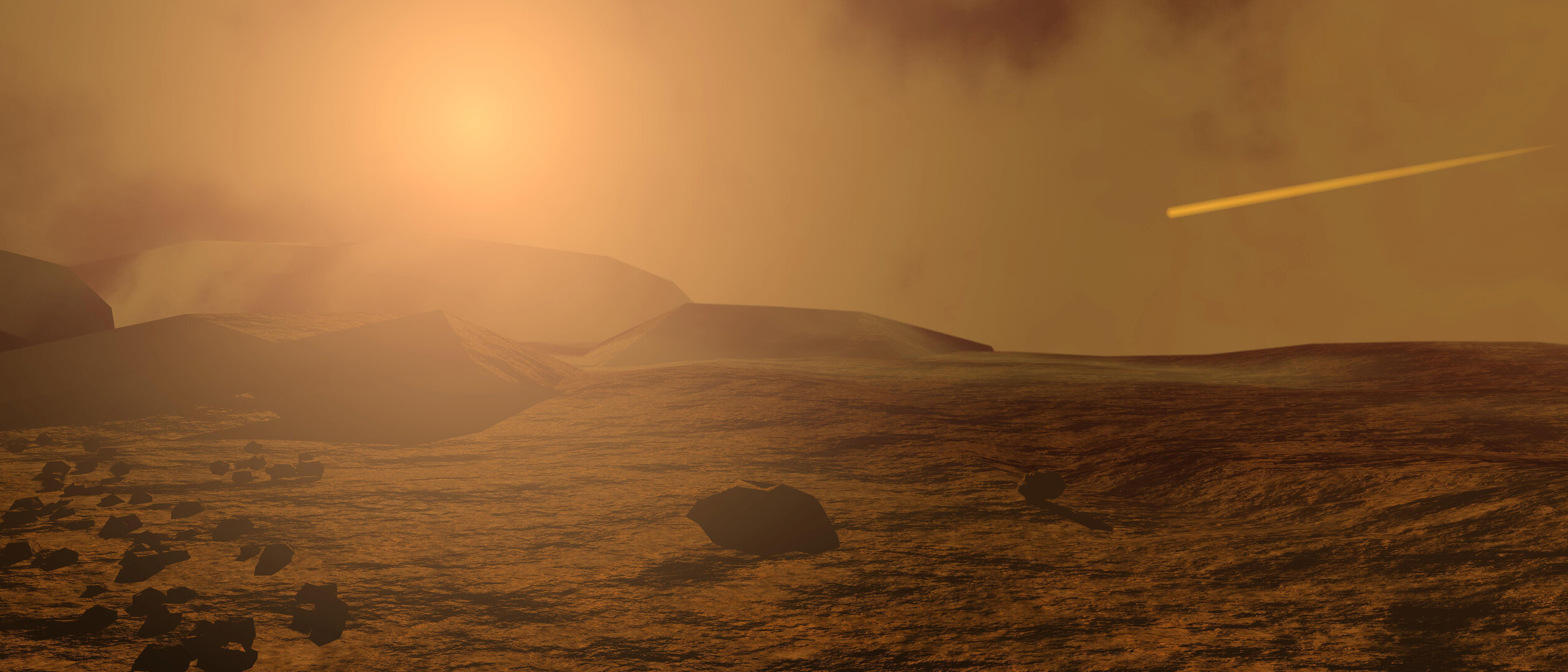
Neighboring Mars meets me with its polar storms and tornadoes of ice and gas. It is hard to believe that such spectacular atmospheric phenomena, from storms and dust vortices to ice clouds and the eternal red desert, can be played out on this planet for centuries. “Dust devils” flash above its surface – small swirling tornadoes made of sand dust.
Usually, their speed is about 50-60 kilometers per hour (about 30-37 miles per hour). However, there are stronger vortex tornadoes that can reach speeds of up to 100 kilometers per hour (approximately 62 miles per hour) and even higher.
The duration of “dust devils” is usually not very long, from several minutes to several tens of minutes.
Stormy Jupiter
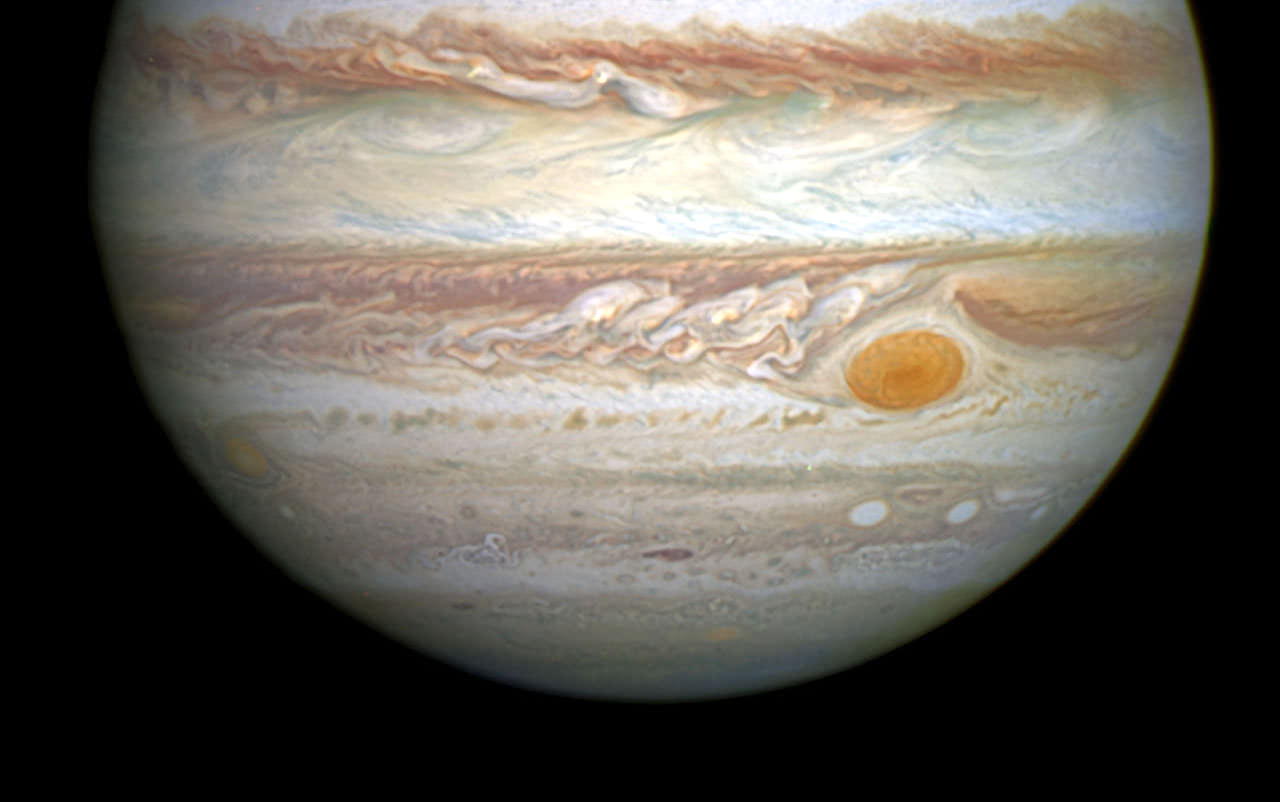
On the surface of Jupiter, a swarm of superstorms, including the famous Big Red Spot, which has been thundering in the atmosphere for more than 400 years, exceeds the mass of the Earth by 3 times.
A small red spot. This new storm ignites at an amazing speed, moving along the surface of the planet at a speed of about 483 km/h. It should be noted that there is no surface on Jupiter as such.
Jupiter also has unique bands of atmospheric vortices, which are called “belts”. These bands move in different directions and create a magnificent view of the gaseous surface of the planet. Jupiter is also known for its clouds of frozen ammonia and methane, which give it a characteristic appearance.
Saturn’s icy winds
Saturn, with its famous rings, is no less surprising. Here is an icy wind with diamond rains and snow-covered strips covering the planet, which in size even exceeds the diameter of the Earth. Winds on Saturn demonstrate impressive speeds – wind speeds on this planet can reach 1,609 km/h (about 1,000 mph) in equatorial regions. This is much higher than the wind speed on Earth.
The highest wind speed on Earth was recorded in the area of Monolith Peak, which is located on top of Mount Everest in the Himalayas. This event occurred on April 10, 2004, and the wind speed reached an incredible 372 km/h (231 mph).
One of the most mysterious and impressive atmospheric phenomena on Saturn is its north pole, which is decorated with a mysterious and colorful atmospheric formation in the shape of a hexagon. This “hexagon of Saturn” is a huge structural formation, inside which a powerful and permanent northern polar vortex is located.
The blue atmosphere of Uranus
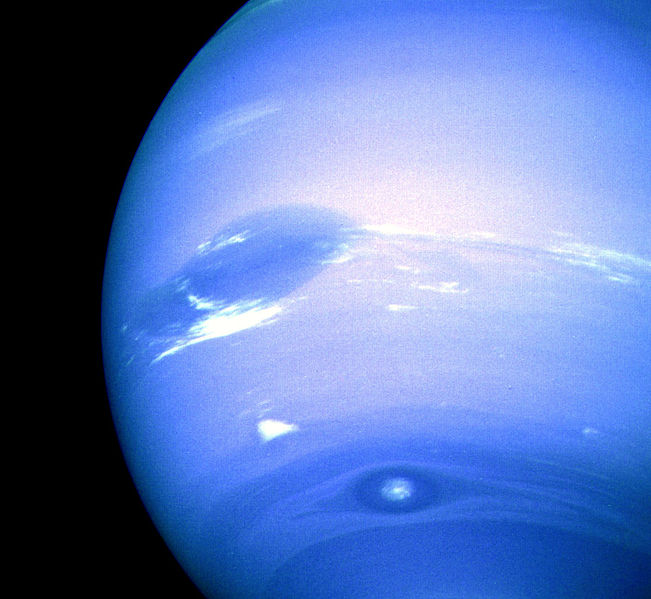
Uranus, an ice giant, hides its secrets, including the divergence of magnetic fields, possibly caused by a collision. Its blue methane cover creates an incredible visual effect. Uranus is the coldest planet in the Solar System, and its atmosphere, consisting mainly of hydrogen, helium, and methane, creates an atmospheric pressure that is almost equal to the pressure in the vacuum of space.
One of the most surprising characteristics of the weather on Uranus is its extreme seasons: each pole of Uranus experiences 42 years of daylight and 42 years of night, and the equatorial regions hardly know the change of seasons.
This is because the planet “lies on its side”, but its rotation is almost perpendicular to the plane of its orbit. Thanks to this tilt of the axis, the atmosphere of Uranus can create unique phenomena, such as long-term giant storms around its poles. In these areas, radioactive bands associated with the internal processes of the planet are observed, and diamond showers, represent the fall of solid crystalline particles formed in the atmosphere.
In addition, the atmosphere of Uranus is shrouded in a mysterious blue color, probably caused by the presence of spectral lines of nitrogen and methane. This blue palette distinguishes Uranus from other planets.
Neptune’s fastest winds
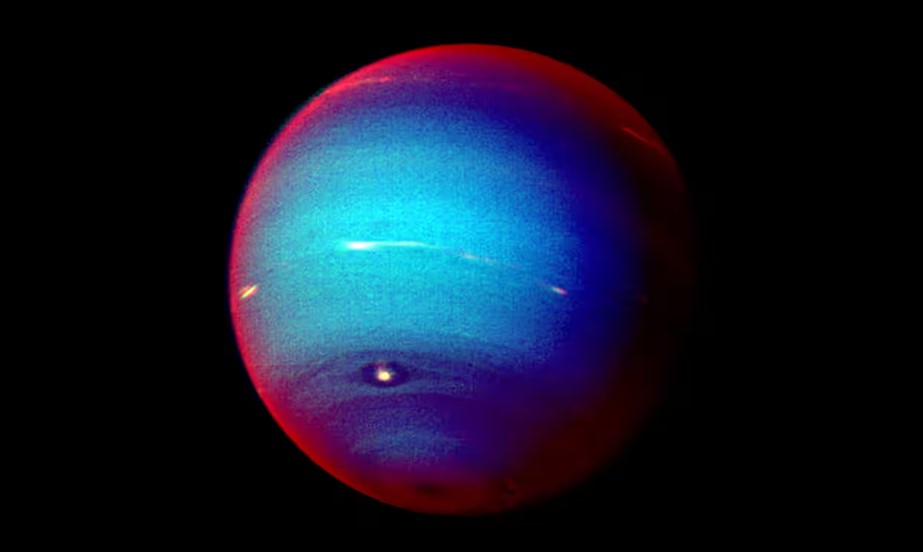
Now we are approaching Neptune, where incredible icy winds lead to diamond showers and radioactive streaks. Winds can reach speeds of an impressive 2,414 km/h (about 1,500 mph), making Neptune one of the windiest planets. These are the fastest winds in the Solar System. These winds create areas called “dark spots”, which are clouds of methane lifted by the atmosphere.
Another interesting feature of Neptune’s atmosphere is its seasonal changes. Neptune revolves around the Sun with a period of about 165 years, which causes the change of seasons. But they are practically invisible due to the great distance to the Sun.
